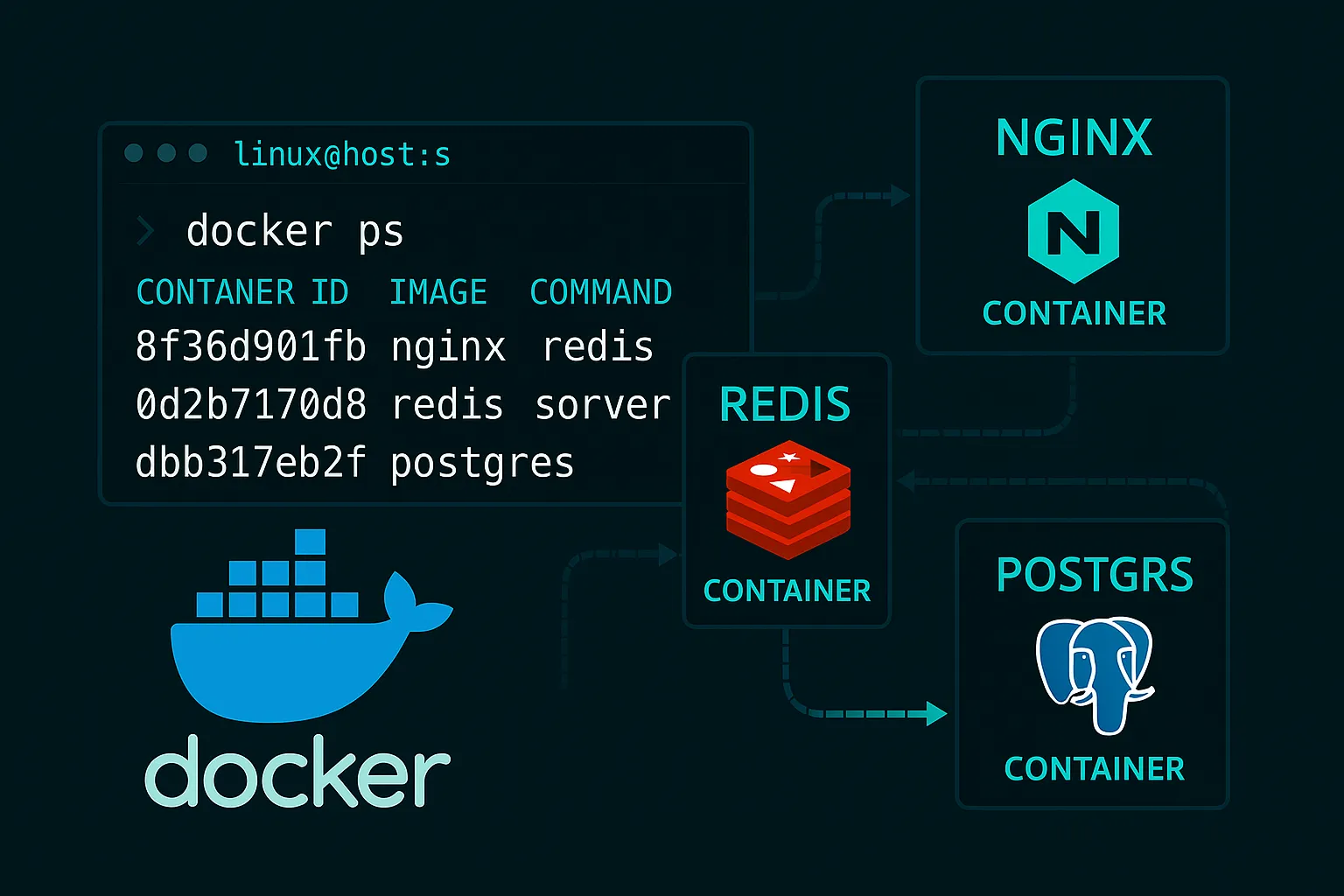Docker for Backend Developers: Complete Series

Docker for Backend Developers: Complete Series
As a backend developer, I've learned that mastering Docker isn't just about memorizing commands—it's about understanding the fundamental shift from "applications on servers" to "applications as isolated environments." This series takes you on that journey.
The Story Behind This Series
Three years ago, I was that developer debugging production deployments at 2 AM, frantically SSH-ing into servers trying to figure out why my perfectly working local code was crashing in production. Docker didn't just change my deployment process—it changed how I think about software architecture itself.
This series is everything I wish someone had taught me when I started with containers.
What Makes This Different
This isn't another tutorial about Docker commands. It's about understanding the why behind containers and how they solve fundamental problems in backend development. Each part builds both practical skills and theoretical understanding.
For Backend Developers Who:
Series Overview
Part 1: Why This Changed My Development Life
The fundamental problems Docker solves
The deployment nightmares every backend developer faces and why containers represent a paradigm shift in how we think about application environments. Real stories of deployment failures and the moment Docker clicked.
Core concepts: Environment isolation theory, dependency management, the "works on my machine" problem
Part 2: Getting Docker Set Up and Your First Service
Understanding Docker architecture and building your first container
Beyond installation—understanding Docker's architecture, the mental model shift from "applications on servers" to "applications as environments," and building your first production-ready service container.
Core concepts: Container isolation, namespaces and cgroups, image layers, container lifecycle
Part 3: Production-Ready Containers for Go and Python
Security, optimization, and reliability
The gap between development and production containers. Multi-stage builds, security hardening, performance optimization, and operational best practices for containers that handle real traffic.
Core concepts: Multi-stage build theory, security models, resource management, observability
Part 4: Multi-Service Development with Docker Compose
Orchestrating complex applications
Moving from single containers to distributed systems. Service networking, data persistence, inter-service communication, and development workflows for applications with multiple moving parts.
Core concepts: Service orchestration, networking models, data persistence patterns, distributed system design
Part 5: Production Deployment Strategies
Scaling and production operations
Zero-downtime deployments, container orchestration, monitoring and observability, scaling strategies, and the transition from Docker Compose to production orchestration platforms.
Core concepts: Deployment patterns, orchestration theory, scaling strategies, production operations
The Learning Philosophy
Each part follows the same structure: 1. The Problem: Real challenges I faced as a backend developer 2. The Theory: Understanding why solutions work the way they do 3. The Practice: Hands-on examples with Go and Python 4. The Insights: Lessons that change how you think about architecture
Prerequisites
You should know:
You don't need:
What You'll Gain
By the end of this series:
Technical Skills:
Conceptual Understanding:
Career Impact:
How to Use This Series
If you're new to Docker: Start with Part 1 and work through sequentially. Each part builds on the previous.
If you have some Docker experience: Jump to the part that matches your current level, but consider reading the theory sections even in earlier parts.
If you're preparing for production: Focus on Parts 3-5, but ensure you understand the foundational concepts.
Beyond This Series
Once you master these Docker fundamentals, you'll be ready for:
But first, let's build a solid foundation in container theory and practice.
---
Ready to transform your backend development workflow?
Start with Part 1: Why Docker Matters →
Quick Navigation: